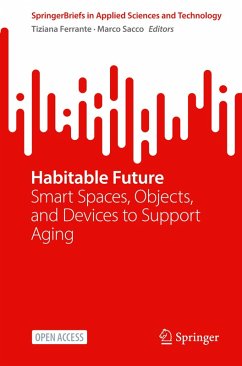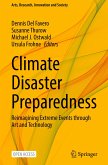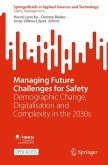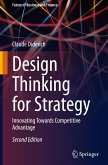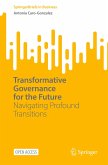This open-access book presents a multidisciplinary approach to the design of living spaces from an age-friendly perspective, in line with the Ambient Assisted Living (AAL) paradigm, which promotes the integration of assistive devices and technologies to create safe, comfortable environments that meet the needs of older adults and their caregivers. It outlines new operational strategies, incorporating an analysis of technological development trends focused on the well-being and health of older adults, identifying their needs and expectations through participatory processes, and establishing design requirements to foster the acceptance of interfaces and emerging devices. In light of the exponential increase in smart applications within living environments, the book emphasizes the necessity to introduce cutting-edge solutions for data transmission and processing, as well as the development of semantically driven tools to support designers in selecting and integrating assistive technologies through virtual environment simulations. The book also illustrates the methodological processes adopted in defining guidelines for the design of spaces dedicated to older adults, with attention to architectural and functional aspects in various domains: perceptual and sensory factors for the design of waiting areas in Community Houses, technological and environmental requirements for the integration of devices in home adaptation projects for Home Care and locational and typological criteria for the development of new Social Day Care Centers. These contributions are based on the experiences shared during the conference organized by the WP1 "Human-Centred Design and Evaluation, Certifications, Sustainability within the Built Environment" of Spoke9, within the framework of the Age-It/NRRP program.
Bitte wählen Sie Ihr Anliegen aus.
Rechnungen
Retourenschein anfordern
Bestellstatus
Storno

